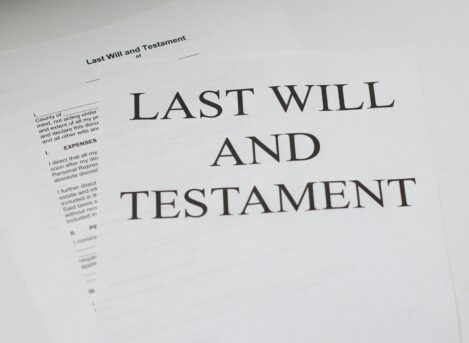It’s true that because of the current record-high gift and estate tax exemption amount, most families don’t have to worry about transfer taxes. However, there are high net worth individuals who must continue to work to reduce their estate tax liability. In fact, these taxes continue to place a burden on families with significant amounts of wealth tied up in illiquid closely held businesses.
A bit of good news: Internal Revenue Code Section 6166 provides relief, by allowing the estates of family business owners to defer estate taxes and pay them in installments if certain requirements are met.
What are the benefits?
For families with substantial closely held business interests, an election to defer estate taxes under Sec. 6166 can help them avoid having to sell business assets to pay estate taxes. It allows an estate to pay interest only (at modest rates) for four years and then to stretch out estate tax payments over 10 years in equal annual installments. The goal is to enable the estate to pay the taxes out of business earnings or otherwise to buy enough time to raise the necessary funds without disrupting business operations.
Be aware that deferral isn’t available for the entire estate tax liability. Rather, it’s limited to the amount of tax attributable to qualifying closely held business interests. For example, if the value of an interest in a closely held business were equal to 60% of the adjusted gross estate, 60% of the tax would be eligible for deferral. The remaining 40% would be payable within nine months after the deceased’s date of death.
What are the requirements?
Estate tax deferral is available if:
- The deceased was a U.S. citizen or resident who owned a closely held business at the time of his or her death,
- The value of the deceased’s interest in the business exceeds 35% of his or her adjusted gross estate, and
- The estate’s executor or other personal representative makes a Sec. 6166 election on a timely filed federal estate tax return.
Typically, the estate is required to provide security for future tax payments by furnishing a bond or allowing a tax lien to be filed against the business or other assets.
To qualify as a “closely held business,” an entity must conduct an active trade or business at the time of the deceased’s death. Only assets used to conduct that trade or business count toward the 35% threshold. Merely managing investment assets isn’t enough. Distinguishing between an entity that conducts an active business and one that holds passive investments can be a challenge, particularly when it owns rental real estate. (See “Does Sec. 6166 apply to real estate businesses?”)
In addition to conducting an active trade or business, a closely held business must be structured as:
- A sole proprietorship,
- A partnership (including certain limited liability companies taxed as partnerships), provided either 1) 20% or more of the entity’s total capital interest is included in the deceased’s estate, or 2) the entity has a maximum of 45 partners, or
- A corporation, provided either 1) 20% or more of the corporation’s voting stock is included in the deceased’s estate, or 2) the corporation has a maximum of 45 shareholders.
Several special rules make it easier to satisfy Sec. 6166’s requirements. For example, if an estate holds interests in multiple closely held businesses, and owns at least 20% of each business, it may combine them and treat them as a single closely held business for purposes of the 35% threshold.
In addition, Sec. 6166 treats stock and partnership interests held by certain family members as owned by the deceased. That means the estate can count interests held by the deceased’s spouse, siblings, ancestors and lineal descendants toward the 35% and 20% thresholds.
On the other hand, the interests owned by corporations, partnerships, estates and trusts are attributed to the underlying shareholders, partners or beneficiaries. This can make it harder to stay under the 45 partner/shareholder limit.
Does Sec. 6166 apply to real estate businesses?
When an entity owns rental real estate, the line between active business and passive investment can be blurred. To determine whether an entity is an active business entitled to the estate tax deferral benefits of Section 6166, the IRS examines four factors:
- The amount of time the deceased or his or her employees, including the entity’s employees, devote to the business,
- Whether the entity maintains an office with regular business hours,
- The extent to which the deceased or his or her employees provide services beyond the mere furnishing of leased premises (for example, landscaping or grounds care), and
- The extent to which the deceased or his or her employees arrange, perform or supervise repairs and maintenance and handle tenant repair requests or complaints.
IRS guidance recognizes, however, that real estate businesses often engage third parties to handle day-to-day real estate activities. But using independent contractors doesn’t prevent an entity from qualifying as an active trade or business, so long as its activities go beyond “merely holding investment property.”
Can Sec. 6166 ease your family’s estate tax liability?
A family business can be a source of great wealth. But if that business is illiquid, the estate tax burden on the surviving family members can be heavy. Using an estate tax deferral under Sec. 6166 can help you keep the business in the family after your death.








